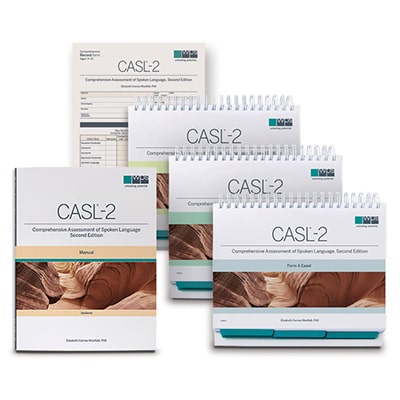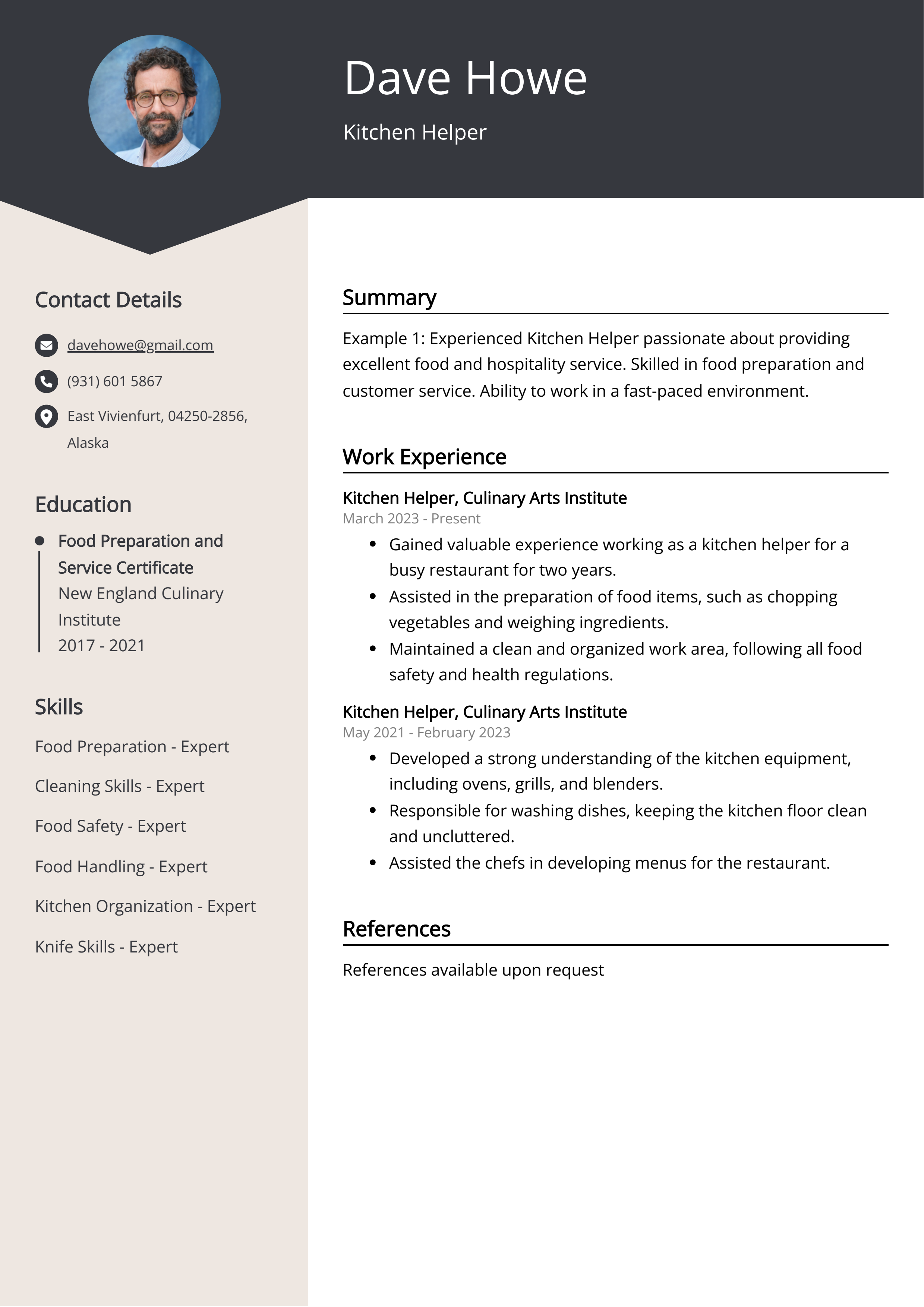
CASL-2 Subtest Descriptions provide detailed information about each subtest within the Comprehensive Assessment of Spoken Language, Second Edition (CASL-2). These descriptions include an overview of the subtest’s purpose, the skills it assesses, the materials required, the administration procedures, and scoring guidelines.
CASL-2 Subtest Descriptions are an essential resource for speech-language pathologists and other professionals who use the CASL-2 to assess and diagnose language disorders in children and adults. By understanding the specific content and procedures of each subtest, clinicians can ensure accurate and reliable assessment results.
Main article topics:
- Overview of the CASL-2
- Description of each CASL-2 subtest
- Administration and scoring procedures
- Interpretation of results
- Clinical applications of the CASL-2
1. Purpose
The purpose of each CASL-2 subtest serves as a foundation for understanding its role in comprehensive language assessment. These descriptions provide a clear understanding of the specific language skills being targeted, guiding clinicians in selecting appropriate subtests for individual assessment needs.
- Assessment of Receptive and Expressive Language: CASL-2 subtests assess both receptive (understanding language) and expressive (producing language) abilities. This comprehensive approach allows clinicians to identify strengths and weaknesses across different language domains.
- Identification of Language Disorders: By comparing an individual’s performance on various subtests, clinicians can identify specific language disorders or areas of difficulty. This information is crucial for accurate diagnosis and targeted intervention.
- Monitoring Language Development and Progress: CASL-2 subtests can be used to track language development over time, both in typically developing children and those with language disorders. This helps clinicians monitor progress and adjust intervention strategies as needed.
- Planning Intervention Strategies: Understanding the purpose of each subtest aids in selecting appropriate intervention strategies. Clinicians can focus on specific language skills that require support, ensuring individualized and effective therapy plans.
Overall, the purpose descriptions in CASL-2 subtest descriptions provide a roadmap for clinicians, guiding them in using the assessment to accurately identify language impairments, monitor progress, and plan effective interventions.
2. Skills
CASL-2 subtest descriptions delineate specific language abilities assessed by each subtest, providing a comprehensive view of language skills. These skills encompass various facets of language, including:
-
Phonological Skills:
These subtests evaluate an individual’s ability to perceive and produce speech sounds, including sound discrimination, blending, and segmentation. Phonological skills are crucial for developing literacy and overall language comprehension.
-
Semantic Skills:
These subtests assess vocabulary knowledge, word retrieval, and the ability to understand and express concepts. Semantic skills are essential for effective communication and accessing information.
-
Syntactic Skills:
These subtests evaluate the ability to understand and produce sentences, including grammar, word order, and sentence structure. Syntactic skills are necessary for clear and coherent language expression.
-
Pragmatic Skills:
These subtests assess the ability to use language appropriately in different social contexts, including turn-taking, maintaining conversations, and understanding social cues. Pragmatic skills are vital for successful social interactions.
By identifying specific language abilities being evaluated, CASL-2 subtest descriptions empower clinicians to pinpoint areas of strength and weakness, guiding individualized intervention plans that target specific language skills.
3. Materials
In the context of CASL-2 subtest descriptions, the materials required for administration play a critical role in ensuring accurate and standardized assessment. CASL-2 subtest descriptions meticulously outline the specific materials necessary to conduct each subtest, including:
- Test Manual: Provides instructions for administration, scoring, and interpretation.
- Stimulus Book: Contains visual and written stimuli used in various subtests.
- Response Booklet: Where examinees record their responses during the assessment.
- Scoring Forms: Pre-designed forms for recording and calculating subtest scores.
- Additional Materials: May include items such as toys, blocks, or puppets for specific subtests.
The significance of these materials lies in their direct impact on the validity and reliability of the assessment results. Standardized materials ensure that all examinees are assessed using the same stimuli and procedures, minimizing potential bias or variability. Furthermore, having the necessary materials readily available streamlines the administration process and enhances the efficiency of the assessment.
In summary, the “Materials: Required Items for Administration” section in CASL-2 subtest descriptions serves as a practical guide for clinicians, ensuring they have the appropriate resources to conduct accurate and reliable language assessments, ultimately leading to effective diagnosis and intervention planning.
4. Procedures
Within the framework of CASL-2 subtest descriptions, the section dedicated to “Procedures: Step-by-step instructions for administering the subtest” holds immense significance. It provides a comprehensive blueprint for clinicians to follow meticulously during the assessment process, ensuring standardized and reliable administration across all subtests.
These procedures encompass a detailed sequence of steps, including:
- Preparing the examinee and creating a comfortable testing environment.
- Presenting the stimuli and instructions clearly and consistently.
- Observing and recording the examinee’s responses accurately.
- Managing time effectively and adhering to the specified time limits.
- Maintaining objectivity and avoiding any influence on the examinee’s responses.
The importance of adhering to these procedures lies in their direct impact on the quality and validity of the assessment results. Standardized procedures minimize examiner bias, ensure consistency across different testing sessions, and facilitate accurate interpretation of the examinee’s performance. Furthermore, they promote fairness and equity in the assessment process, ensuring that all examinees are evaluated under the same conditions.
5. Scoring
Within the framework of CASL-2 subtest descriptions, the section dedicated to “Scoring: Guidelines for Interpreting Raw Scores” holds immense significance. It provides a comprehensive set of guidelines for clinicians to follow when converting examinees’ raw scores into meaningful and interpretable results.
-
Standardized Scoring Criteria:
The scoring guidelines ensure that raw scores are transformed into standardized scores based on normative data, allowing for comparisons between examinees and the general population. This standardization process enhances the reliability and validity of the assessment results.
-
Percentile Ranks and Age-Equivalent Scores:
The guidelines provide instructions for calculating percentile ranks and age-equivalent scores. Percentile ranks indicate the examinee’s performance relative to their peers, while age-equivalent scores estimate the examinee’s language skills in comparison to typically developing children of a specific age. These scores facilitate interpretation and comparison of results across different individuals and age groups.
-
Identification of Language Impairments:
The scoring guidelines assist clinicians in identifying examinees with potential language impairments by comparing their scores to established cut-off points. This information aids in making informed decisions regarding further assessment and intervention.
-
Individualized Intervention Planning:
The interpreted scores provide valuable information for developing individualized intervention plans. Clinicians can identify specific areas of strength and weakness, guiding the selection of appropriate therapeutic strategies to address the examinee’s unique language needs.
Overall, the “Scoring: Guidelines for Interpreting Raw Scores” section in CASL-2 subtest descriptions serves as a crucial tool for clinicians, enabling them to accurately interpret raw scores and derive meaningful information that informs diagnosis, intervention planning, and progress monitoring.
Frequently Asked Questions about CASL-2 Subtest Descriptions
This section provides answers to common questions and misconceptions regarding CASL-2 Subtest Descriptions, offering a deeper understanding of their purpose and significance.
Question 1: What is the purpose of CASL-2 Subtest Descriptions?
CASL-2 Subtest Descriptions provide detailed information about each subtest within the Comprehensive Assessment of Spoken Language, Second Edition (CASL-2). These descriptions outline the subtest’s purpose, the skills it assesses, the materials required, the administration procedures, and the scoring guidelines.
Question 2: Who uses CASL-2 Subtest Descriptions?
CASL-2 Subtest Descriptions are primarily used by speech-language pathologists and other professionals who administer and interpret the CASL-2 assessment. These professionals use the descriptions to ensure accurate and reliable assessment and interpretation of results.
Question 3: How do CASL-2 Subtest Descriptions contribute to accurate assessment?
CASL-2 Subtest Descriptions provide standardized guidelines for administration and scoring, minimizing variability and ensuring consistency across different examiners. This standardization enhances the reliability and validity of the assessment results.
Question 4: How are CASL-2 Subtest Descriptions used in identifying language disorders?
By comparing an individual’s performance on various subtests, clinicians can identify specific language disorders or areas of difficulty. These descriptions aid in making informed decisions regarding further assessment and intervention.
Question 5: How do CASL-2 Subtest Descriptions guide intervention planning?
The specific information provided in CASL-2 Subtest Descriptions helps clinicians select appropriate intervention strategies. By understanding the skills assessed by each subtest, clinicians can tailor interventions to address individual language needs.
Question 6: What are the key benefits of using CASL-2 Subtest Descriptions?
CASL-2 Subtest Descriptions enhance the accuracy and reliability of language assessment, facilitate the identification of language disorders, and guide individualized intervention planning. They are an essential resource for professionals seeking to provide comprehensive and effective language assessment and intervention services.
In summary, CASL-2 Subtest Descriptions serve as a valuable tool for speech-language pathologists and other professionals, supporting accurate assessment, reliable interpretation of results, and effective intervention planning for individuals with language difficulties.
Tips on Utilizing CASL-2 Subtest Descriptions Effectively
CASL-2 Subtest Descriptions provide a wealth of information to guide the administration, scoring, and interpretation of the CASL-2 assessment. Here are several tips to optimize their use:
Tip 1: Familiarize Yourself with the Purpose and Skills Assessed
Thoroughly review each subtest description to understand its intended purpose and the specific language skills it evaluates. This knowledge will aid in selecting appropriate subtests and interpreting results accurately.Tip 2: Prepare the Necessary Materials
Ensure you have all the required materials, including the test manual, stimulus book, response booklet, and any additional items specified in the subtest descriptions. Adequate preparation will ensure a smooth and efficient assessment process.Tip 3: Follow the Administration Procedures Meticulously
Adhere strictly to the step-by-step instructions provided in the subtest descriptions. Standardized administration procedures minimize examiner bias and enhance the reliability of the assessment results.Tip 4: Score and Interpret Results Objectively
Utilize the scoring guidelines and normative data provided in the subtest descriptions to calculate and interpret raw scores accurately. Avoid subjective judgments and rely on the established criteria to ensure unbiased results.Tip 5: Consider the Examinee’s Background and Context
Be mindful of the examinee’s cultural, linguistic, and socioeconomic background when interpreting results. Consider factors that may influence language performance and adjust your interpretation accordingly.Tip 6: Use Results to Inform Intervention Planning
The information gained from CASL-2 Subtest Descriptions can guide the development of individualized intervention plans. Identify areas of strength and weakness and select therapeutic strategies that target specific language skills.
By following these tips, professionals can harness the full potential of CASL-2 Subtest Descriptions to conduct comprehensive and accurate language assessments. These descriptions serve as an invaluable resource for identifying language disorders and tailoring effective interventions to meet the unique needs of each examinee.
Conclusion:
CASL-2 Subtest Descriptions are an essential tool for speech-language pathologists and other professionals involved in language assessment. By understanding and utilizing these descriptions effectively, clinicians can ensure reliable and meaningful interpretation of results, guiding appropriate intervention and ultimately improving language outcomes for individuals with communication challenges.



